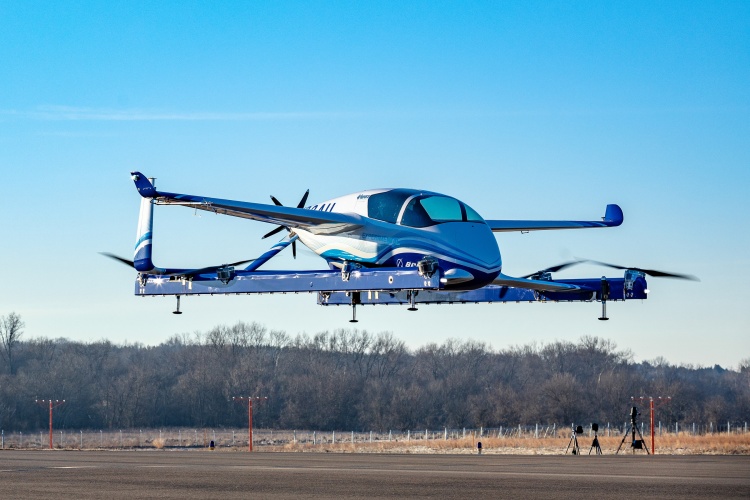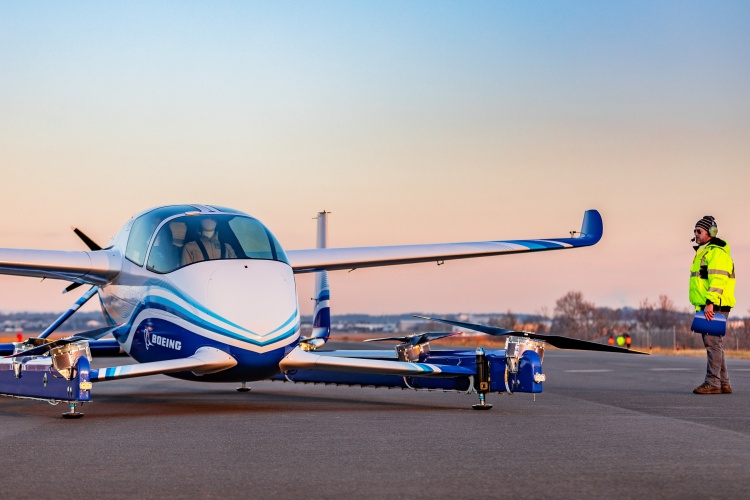
Designed by Boeing subsidiary Aurora Flight Sciences, the electric vertical takeoff and landing (eVTOL) aircraft measures 9.14 metres long and 8.53 metres wide. It is designed for fully autonomous flight from takeoff to landing and has an expected range of around 80km.
The PAV performed a controlled ascent, hover and landing during its maiden flight, which took place at Manassas, Virginia. Autonomous and ground control systems were also tested. According to Boeing, future flights will test forward, wing-borne travel, as well as the transition phase between vertical and forward-flight modes, which is considered to be the biggest engineering challenge for this type of aircraft.
"This is what revolution looks like, and it's because of autonomy," said John Langford, president and chief executive officer of Aurora Flight Sciences. "Certifiable autonomy is going to make quiet, clean and safe urban air mobility possible."
The PAV is just one of several projects under the remit of Boeing Next, the Seattle aerospace giant’s urban air mobility division. According to the company, Boeing Next is working with regulatory bodies and industry partners to develop an ecosystem where piloted and autonomous aircraft can safely operate together.

"In one year, we have progressed from a conceptual design to a flying prototype," said Boeing CTO Greg Hyslop. "Boeing's expertise and innovation have been critical in developing aviation as the world's safest and most efficient form of transportation, and we will continue to lead with a safe, innovative and responsible approach to new mobility solutions."
In addition to its passenger air vehicle, the Boeing Next portfolio includes an unmanned fully electric cargo air vehicle (CAV) designed to transport up to 225kg. The CAV completed its first indoor flight last year and will transition to outdoor flight testing in 2019.



Red Bull makes hydrogen fuel cell play with AVL
Many a true word spoken in jest. "<i><b>Surely EVs are the best solution for motor sports</b></i>?" Naturally, two electric motors demonstrably...